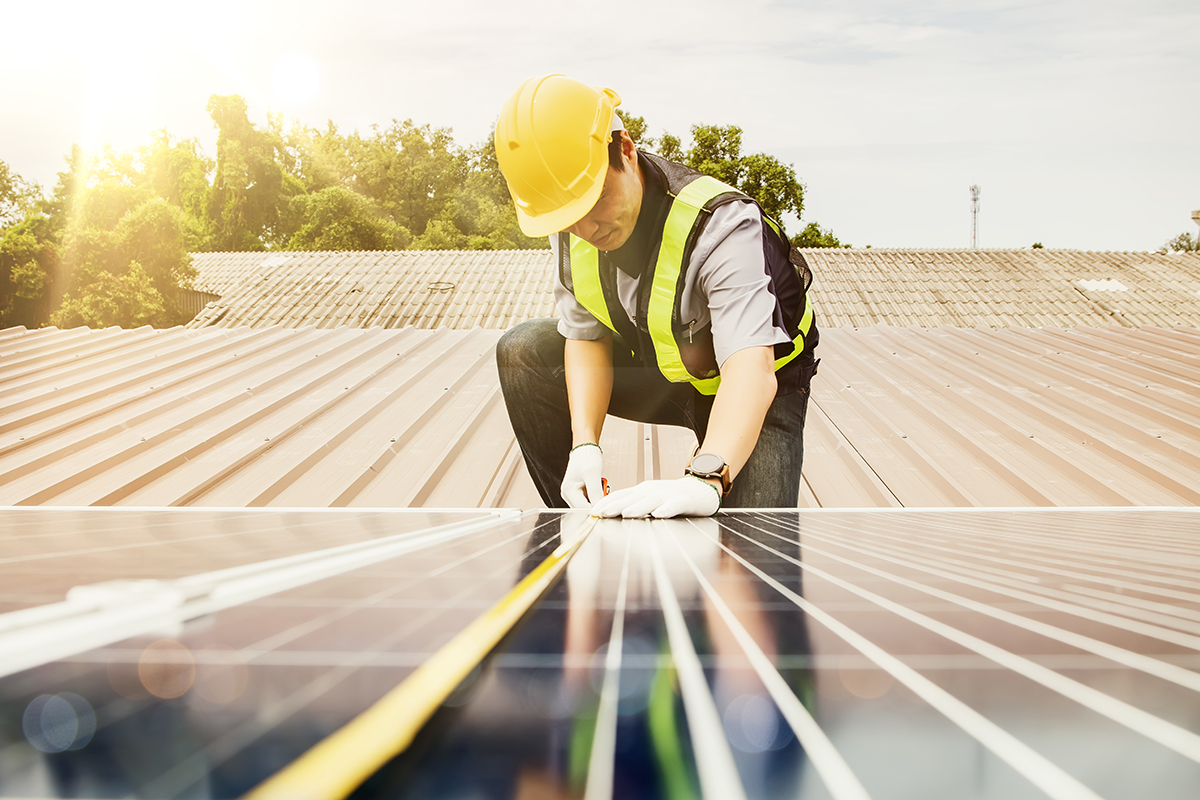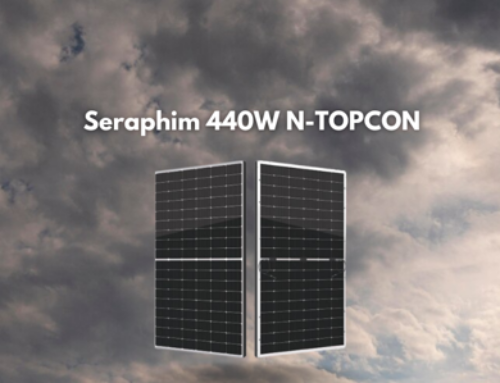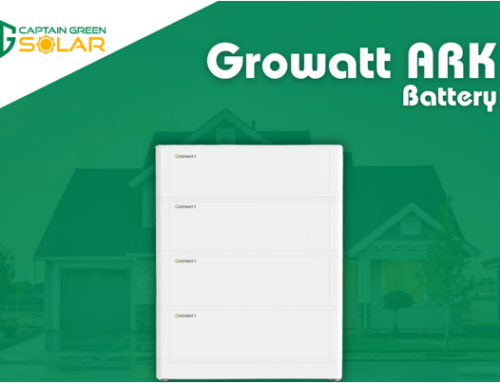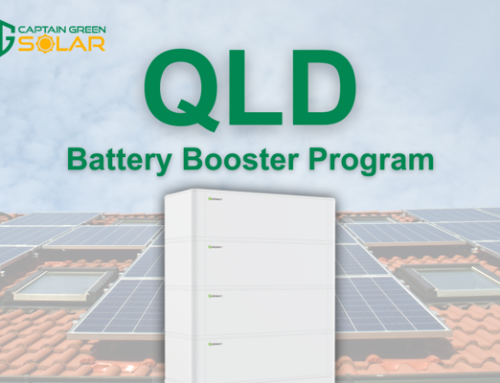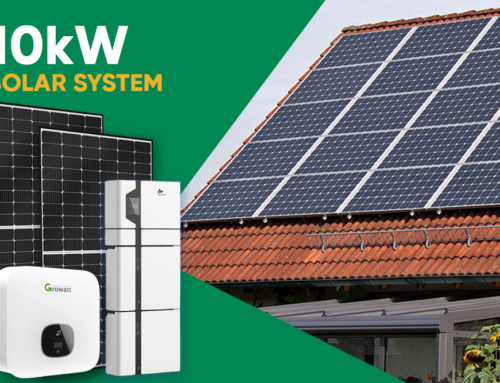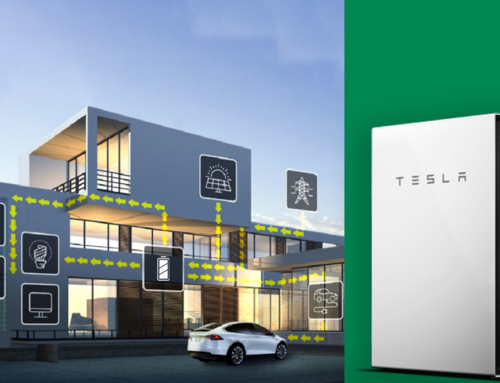Need the power purchase agreement explained? We get it – the power purchase agreement (PPA) can be confusing from the outset, especially for those who want to understand the renewable energy agreement and where it is applicable in Australia. Captain Green got you sorted. Read on our full guide to have the power purchase agreement explained by Australia’s leading solar panel providers and installers.
The Power Purchase Agreement Explained
What is a PPA?
A PPA is an agreement between one or more parties for the use of energy. They can exist for any type of energy production and consumption, but in this article, we’re particularly concerned with renewables.
A power purchase agreement solar contract will allow renewable energy projects like wind and solar farms to be built, knowing they will have customers to service upon completion. So, in effect, these agreements help to drive the construction of more solar energy facilities throughout Australia.
A PPA also allows businesses to make the shift to solar energy without the expense of installing and maintaining a solar panel installation of their own.
The Different types of Power Purchase Agreements Explained
There are three main types of PPAs you might find in Australia. These are:
- Retail-sleeved PPAs
- Commercial/Front-of-meter PPAs
- On-site PPAs
Each is targeted towards a different market, and each has its own benefits. Let’s look more closely at each type.
Retail-sleeved PPA Purchase Agreements
Retail-sleeved PPAs are one of the more complex arrangements because they involve three parties. Firstly, you have the solar farm that generates the power. Then there’s the electricity retailer who delivers it to the business as you need it. Then, of course, there’s the customer who uses the energy.
These agreements usually require a contract period of 7 years or more. While this is quite a commitment, it gives businesses a fixed rate for energy. The electricity retailer is the one who absorbs any changes in market price.
The business can also accurately determine that their energy is coming from a renewable source, which is great for sustainability targets.
The downsides are the complexity of the arrangement and the fees that are often associated with management.
Commercial PPA Agreement Solar
A commercial PPA is a lot less complex and involves a business sourcing energy directly from a solar farm. These are also sometimes known as ‘front of the meter PPAs’. They may also operate as a Virtual Power Plant.
In this scenario, a business deals directly with the energy generator (solar farm). This is usually reserved for larger businesses that use significant amounts of power on an annual basis. It’s a popular way for a business to access power, especially if they have goals of operating purely on renewable energy.
It’s also great for the solar farm because they can sign customers up even before the facility is built. This helps to ensure their viability once operational.
On-site Renewable Energy Power Purchase Agreements
Finally, there are on-site PPAs, or ‘behind the meter’ PPAs. This involves a solar energy company installing a solar system on your premises and retaining ownership of the system. As the business or property owner, you simply pay for the solar energy you produce and use.
This solution is great for businesses that don’t want the initial upfront cost of going solar but do want to reduce energy bills and access renewables. In some cases, you may choose to stay connected to the main electricity grid for evening electricity usage. But you’ll still reduce your costs during the day.
Things to Consider for PPA Agreement Solar:
If you’re considering signing up for a PPA, there are a few things to keep in mind. Every type of PPA purchase agreement is a little different, and it’s important to understand exactly what you’re committing to.
Ownership of the solar system
This applies specifically to on-site PPAs because the other types don’t typically involve any solar infrastructure being placed on the business premises. Because PPAs are usually in place for a certain amount of time, what happens to the solar system once the contract runs out?
Some PPAs include a transfer of ownership, so at the end of the contract period, the building owner or business owns the solar panels and inverters. This is a pretty good deal, especially for a 10-year PPA. Most solar panels have warranties between 20-30 years, so you’ll still get plenty of use out of them.
Pricing
Many businesses want to do their bit for renewable energy targets, but they also need to consider their bottom line. That’s why the pricing structure of any PPA is extremely important. There aren’t really any rules around this, which is why PPAs differ so drastically.
Production-based PPAs (for on-site systems) can charge the user for all of the solar they generate, whether they use it or not. However, others charge only for what you use.
For retail-sleeved and commercial PPAs, the pricing is also crucial. Most offer a fixed price for energy over several years. Others may include tiered pricing over the life of the contract to adjust for inflation.
There is no right or wrong way to go here, it’s just important to know what you’re paying for over the life of the contract, and make the right call for your own circumstances.
Length of contract
The length of each PPA contract also varies considerably. While larger operations require a commitment of 7 years or more, smaller PPAs, or VPPs offer a lot more flexibility. It makes sense for solar producers to offer flexibility where they can because a lot of businesses rent or lease their premises. So, asking a business to sign a 10-year electricity contract doesn’t make sense if they’re only on a 5-year lease at their current property.
Conversely, many businesses like the idea of a longer electricity contract because it means predictable pricing. With a fixed-price PPA, you know that your electricity won’t go up, even if the market price does.
Again, there’s no good or bad length, it’s just what makes sense for your business.
System maintenance
Finally, system maintenance is another crucial aspect to consider. This really only applies to on-site PPAs. The contract should clearly state who is responsible for maintaining the solar system. Usually, it’s the solar provider, since they own the equipment. But this is worth checking, and also make sure there aren’t additional costs involved in the maintenance.
Hopefully this Power Purchase Agreement Explained how the renewable energy contracts work and what they mean for you. PPAs make sense for a lot of reasons, so if your business wants to go solar, a PPA may be the perfect solution.
If you’d like to learn more about purchasing solar panels, solar batteries, and our range of inverters, contact Captain Green today. Australia’s leading solar panel provider, our friendly team are always happy to provide qualified, expert advice on your solar panel system and how power purchase agreement solar can impact your circumstances.

